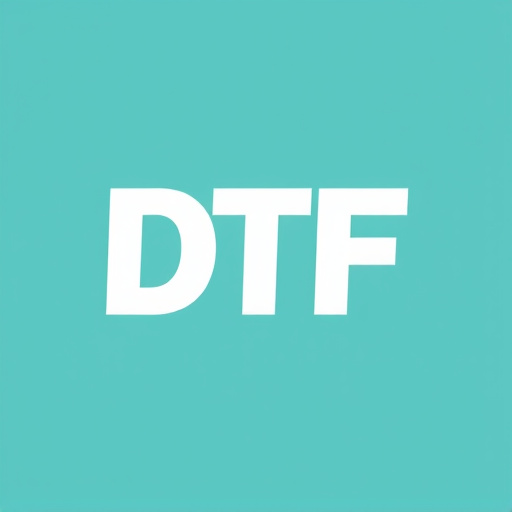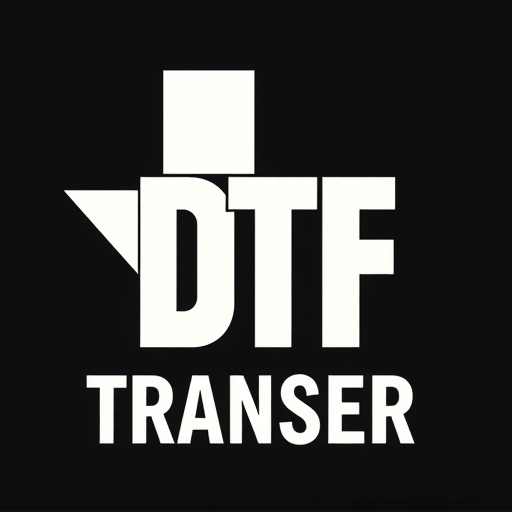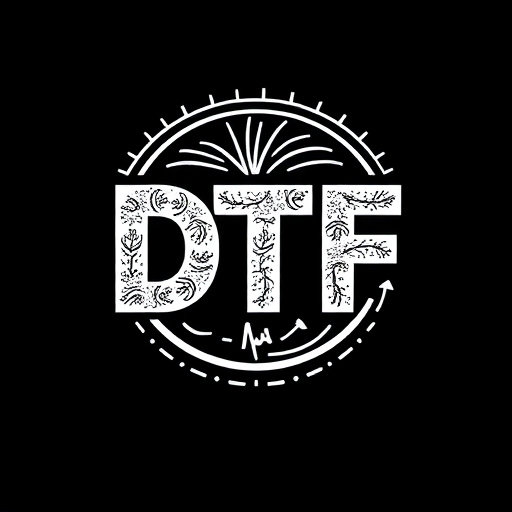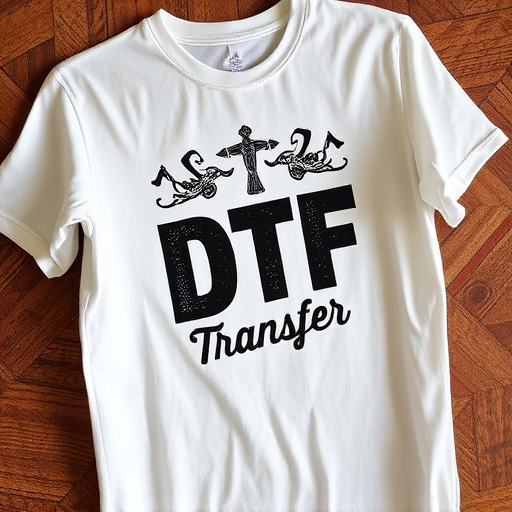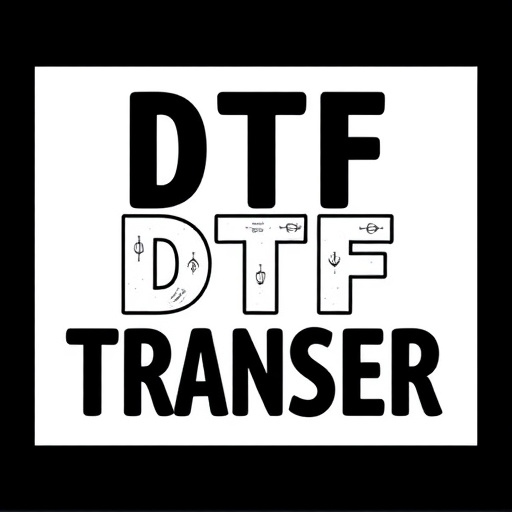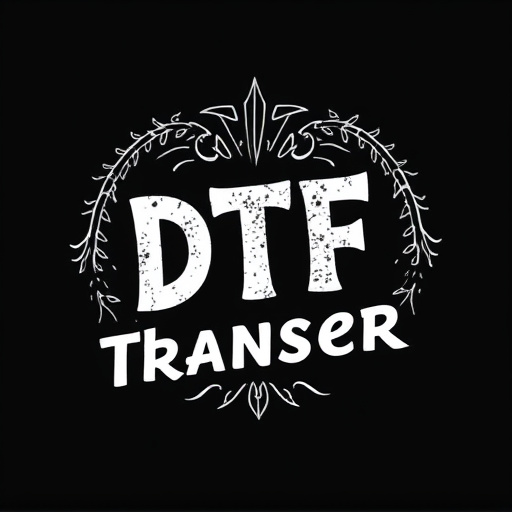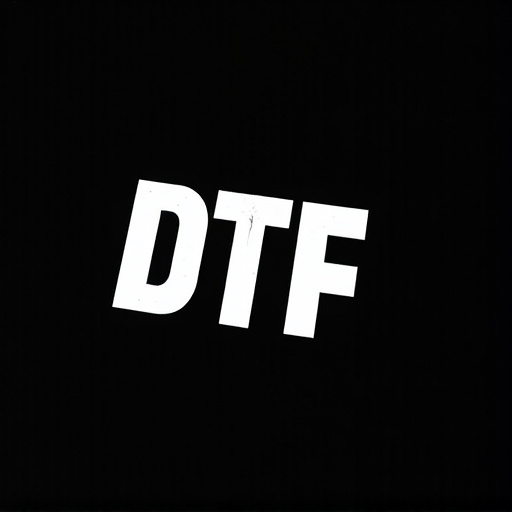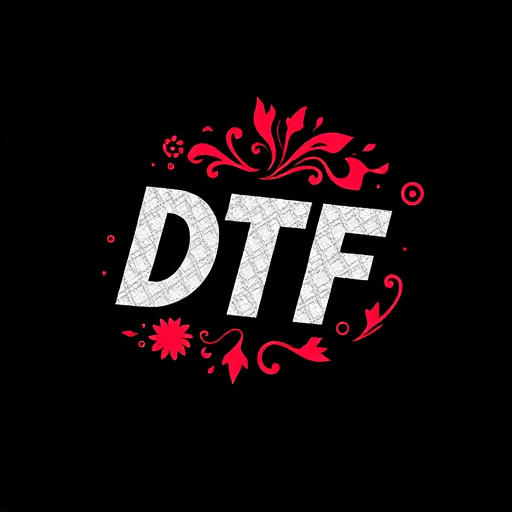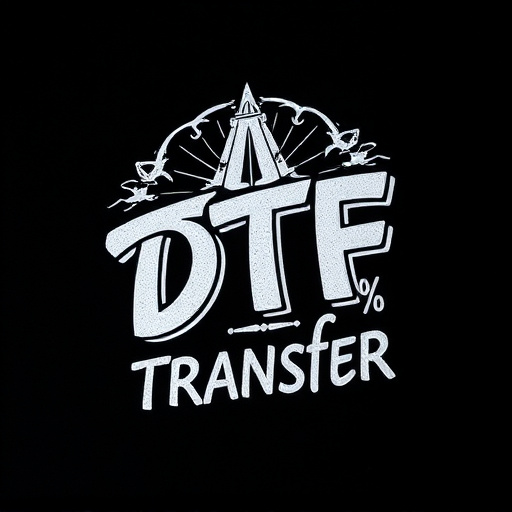DTF (Direct-to-Fabric) printing is a cutting-edge technique revolutionizing the textile industry. It allows for vibrant, intricate designs on dark fabrics through specialized inks that bond with fibers, offering high-quality custom prints for fashion and home decor. The method creates bold colors and sharp details against black or deep navy backgrounds, making it popular in unique design markets. DTF prints are durable, retaining vibrancy after washings, aligning with sustainable fashion practices. Achieving optimal results requires selecting the right ink and substrate combination tailored for dark fabrics, ensuring long-lasting, vivid prints. This technology transforms plain garments into eye-catching statements and expands applications to art pieces, enhancing aesthetics across sectors.
“Unleash the power of vibrant visuals on dark fabrics with DTF (Direct to Fabric) prints—a game-changer in the textile industry. This article explores the allure of intense, vivid colors on darker materials and provides an insightful guide. From understanding the technology behind DTF Prints to choosing the ideal ink and substrate, we cover it all. Discover techniques to master vibrant designs, overcome challenges, and explore real-world applications where DTF Prints truly shine, revolutionizing the way we enhance dark fabrics.”
- Understanding DTF Prints: A Quick Overview
- The Appeal of Vibrant Transfers on Dark Fabrics
- Choosing the Right Ink and Substrate Combination
- Techniques for Achieving Vivid Colors on Dark Surfaces
- Common Challenges and How to Overcome Them
- Real-World Applications: Where DTF Prints Shine
Understanding DTF Prints: A Quick Overview
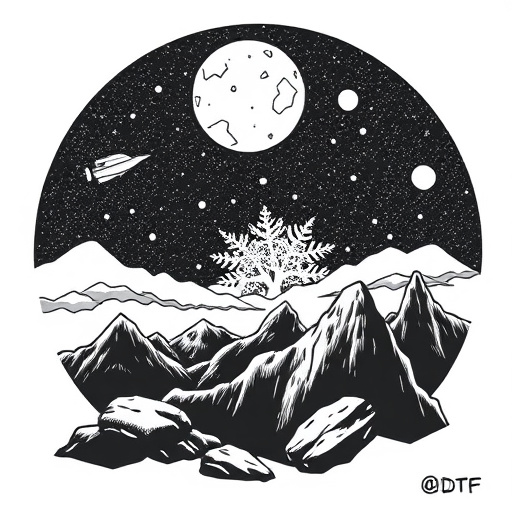
DTF Prints, or Direct-to-Fabric Printing, is a cutting-edge technique revolutionizing the textile industry. This method allows for vibrant and intricate designs to be transferred directly onto dark-colored fabrics, showcasing stunning visuals. Unlike traditional printing methods, DTF avoids the need for pre-treatment of the fabric, making it an efficient process that yields high-quality results.
The technology behind DTF Prints involves a specialized ink that adheres uniquely to specific fabric types. This ink is precisely deposited onto the fabric’s surface, creating a direct bond with the fibers. The result is a transfer that appears vibrant and lasting, even on deep-hued materials. This technique has gained immense popularity due to its ability to produce eye-catching, custom designs for various applications, from fashion garments to home decor items.
The Appeal of Vibrant Transfers on Dark Fabrics

The allure of vibrant transfers on dark-colored fabrics lies in their ability to create a striking visual impact, transforming ordinary garments into eye-catching statements. DTF (Direct to Fabric) prints, known for their bold colors and sharp details, are particularly appealing for this purpose. When applied to black or deep navy fabrics, these transfers don’t simply blend in; instead, they pop, creating a stark contrast that catches the eye instantly. This dynamic effect is especially sought-after in contemporary fashion, where unique and daring designs stand out in crowded markets.
Furthermore, DTF prints offer a level of durability that enhances their appeal. The direct application to fabric ensures that the colors remain vibrant even after repeated washings, making them suitable for both casual wear and special occasions. This longevity not only satisfies consumers’ desires for long-lasting style but also aligns with growing environmental concerns about sustainable fashion practices, as it reduces the need for frequent replacements.
Choosing the Right Ink and Substrate Combination
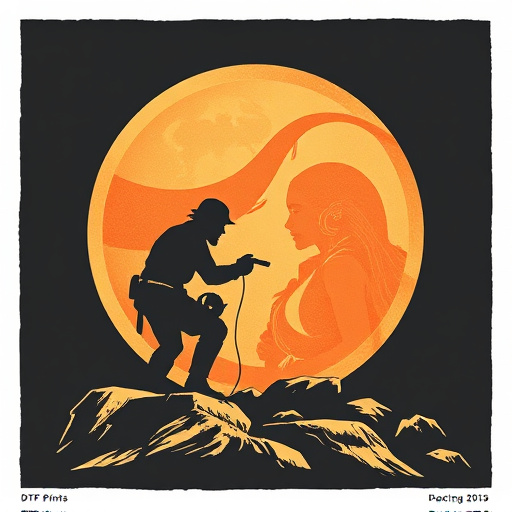
When designing transfers intended for vibrant display on dark fabrics, the choice of ink and substrate combination is paramount. For optimal results with DTF (Direct-to-Fabric) prints, select inks formulated specifically for dark textiles. These inks often contain higher concentrations of pigment and are optimized to adhere strongly to various fabric types, ensuring rich, true-to-color representations even on darker hues.
The substrate, or the material the design is printed onto before application to the fabric, also plays a crucial role. A high-quality transfer paper designed for dark fabrics should be chosen based on its ability to withstand heat during pressing and its compatibility with the selected ink. The right combination ensures that the final print on the dark fabric is not only vibrant but also long-lasting, maintaining its vivid colors even after repeated washings.
Techniques for Achieving Vivid Colors on Dark Surfaces

Creating vibrant colors on dark-colored fabrics is an art, and printers have developed innovative techniques to master this skill. One popular method is Direct to Fabric (DTF) printing, which allows for stunning visual results. This process involves applying ink directly onto the fabric’s surface, ensuring the pigment adheres firmly, even on darker tones. DTF Prints offer a range of benefits, including exceptional color vibrancy and durability.
Printers can achieve this by selecting high-quality inks specifically designed to bond with dark fabrics, resulting in rich, saturated colors. The key lies in choosing the right combination of fabric type, ink technology, and printing pressure to create a vivid display that truly pops against the deep backdrop. With these techniques, designers can transform plain dark garments into eye-catching statements.
Common Challenges and How to Overcome Them
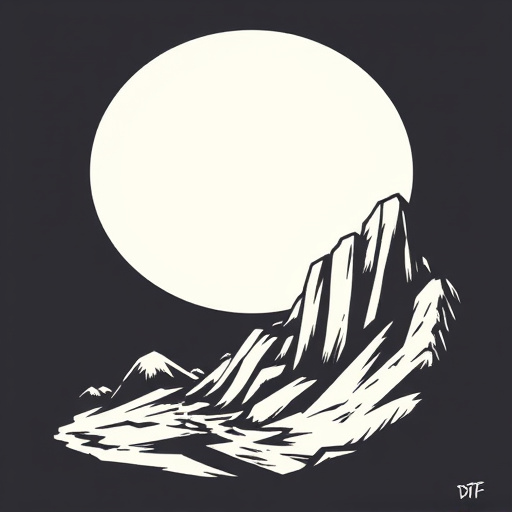
Creating vibrant transfers intended for dark fabrics presents unique challenges. One of the primary hurdles is achieving rich, accurate colors that pop against the deep background. DTF (Direct to Fabric) Prints often struggle with color saturation and contrast, leading to designs that blend into the fabric instead of standing out. This issue can be addressed by utilizing specialized inks formulated for dark fabric transfer, ensuring optimal color density and vibrancy.
Another common challenge is ensuring durability. Transfers on dark fabrics are more prone to fading or flaking off due to the lack of reflectivity. To overcome this, consider using high-quality transfer papers with improved adhesion and heat-setting techniques that set the inks permanently onto the fabric. Testing different application methods and materials can help fine-tune the process for consistent, vibrant results when dealing with DTF Prints on dark-colored fabrics.
Real-World Applications: Where DTF Prints Shine

In the realm of textile printing, DTF (Direct to Fabric) prints have emerged as a game-changer, particularly in enhancing vibrant colors on dark fabrics. This technology is not just a buzzword; it’s a practical solution for various industries. From fashion to home decor, DTF Prints offer unique advantages. In the fashion sector, designers can create eye-catching garments with bold, contrasting patterns that truly stand out, especially when paired with black or deep-hued fabrics.
In home furnishings, DTF technology enables the production of curtains, pillows, and upholstery with intricate, vivid designs that transform ordinary spaces into vibrant oases. Moreover, its applications extend to custom art pieces, allowing individuals to display unique, personalized artwork on walls or even as fashion accessories, making everyday items extraordinary.



